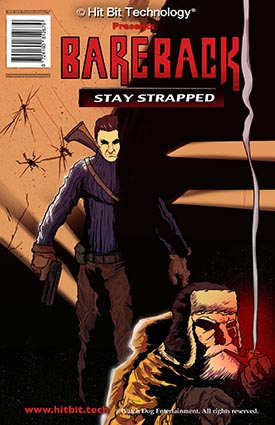In a world increasingly shaped by technological advancements, artificial intelligence (AI) stands at the forefront of redefining human capabilities, including our creative processes. As AI continues to evolve, its impact on the right hemisphere of the human brain, traditionally associated with creativity, imagination, and intuition, becomes a subject of both fascination and concern. This fictional exploration delves into the potential pros and cons of AI’s effect on our creative side.
Pros of AI’s Impact on Creativity
1. Enhanced Creativity and Innovation: AI can serve as a powerful tool for augmenting human creativity, providing new ways to generate ideas and solve complex problems. By analyzing vast datasets, AI can identify patterns and inspirations that might elude the human mind, leading to groundbreaking innovations in art, music, literature, and design.
2. Democratization of Artistic Tools: AI-powered applications can make sophisticated artistic techniques accessible to everyone, not just professional artists. This democratization of creativity can unleash a wave of amateur artistry, enabling more people to express themselves in novel and meaningful ways.
3. Collaboration Between Humans and Machines: The integration of AI into creative processes can lead to unprecedented collaborative projects, where humans and machines work together to create works that neither could achieve alone. This partnership can push the boundaries of what is considered possible in the creative arts.
Cons of AI’s Impact on Creativity
1. Overreliance on Technology: There’s a risk that reliance on AI tools might atrophy the creative muscles of the human brain. If people lean too heavily on AI for creative inspiration or execution, there may be a decline in the development of individual creativity and a loss of personal touch in artistic expressions.
2. Loss of Authenticity and Originality: As AI systems generate content that mimics human creativity, distinguishing between genuinely human-created art and AI-generated work becomes challenging. This blurring of lines could lead to questions about the authenticity and originality of creative works, potentially devaluing the human element in art.
3. Ethical and Intellectual Property Concerns: The use of AI in creative processes raises significant ethical questions, particularly regarding copyright and ownership. Determining the authorship of AI-generated content could lead to legal and moral dilemmas, complicating the landscape of intellectual property rights in the arts.
Conclusion
The intersection of AI and human creativity presents a complex blend of opportunities and challenges. While AI has the potential to amplify and expand the horizons of human creativity, it also poses risks to the intrinsic value of human touch in art and the development of personal creative skills. As we navigate this evolving landscape, it will be crucial to foster a balanced approach that leverages AI’s capabilities to enhance human creativity without overshadowing the unique contributions of the human spirit. The future of creativity in the age of AI will depend on our ability to harmonize the strengths of human imagination with the analytical power of machines, ensuring that the essence of artistry remains vibrantly human at its core.


 09 Feb 2024
09 Feb 2024
 Posted by Watchdog Ent.
Posted by Watchdog Ent.  0 Comment
0 Comment 









